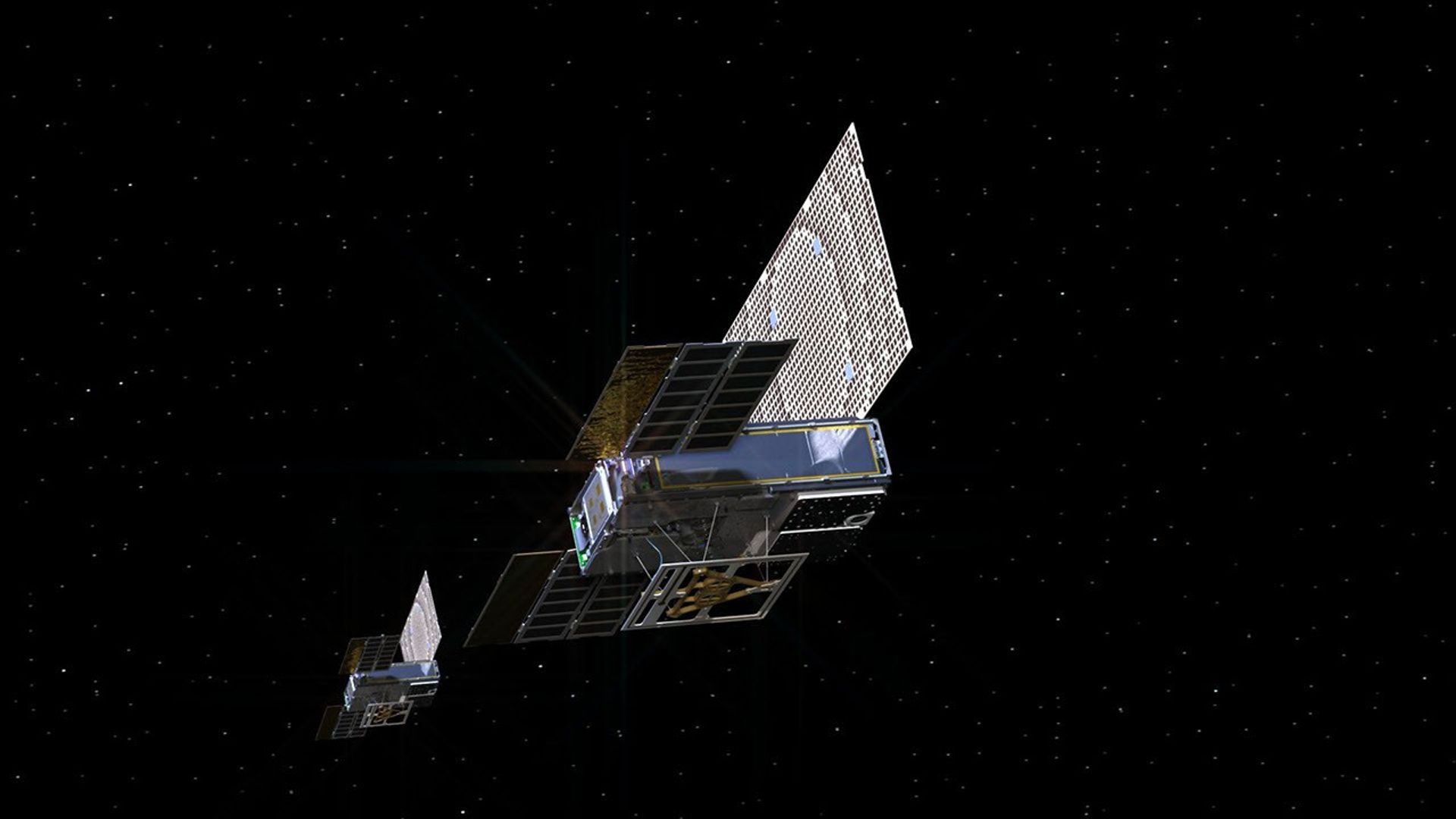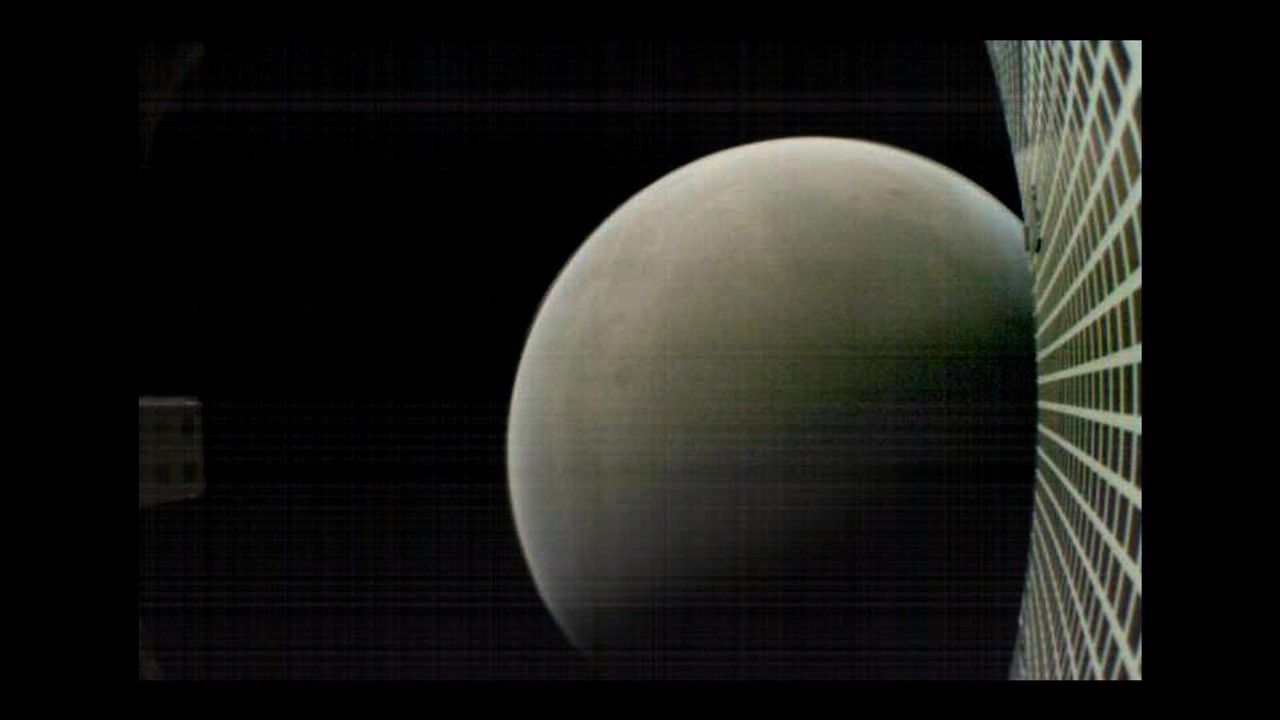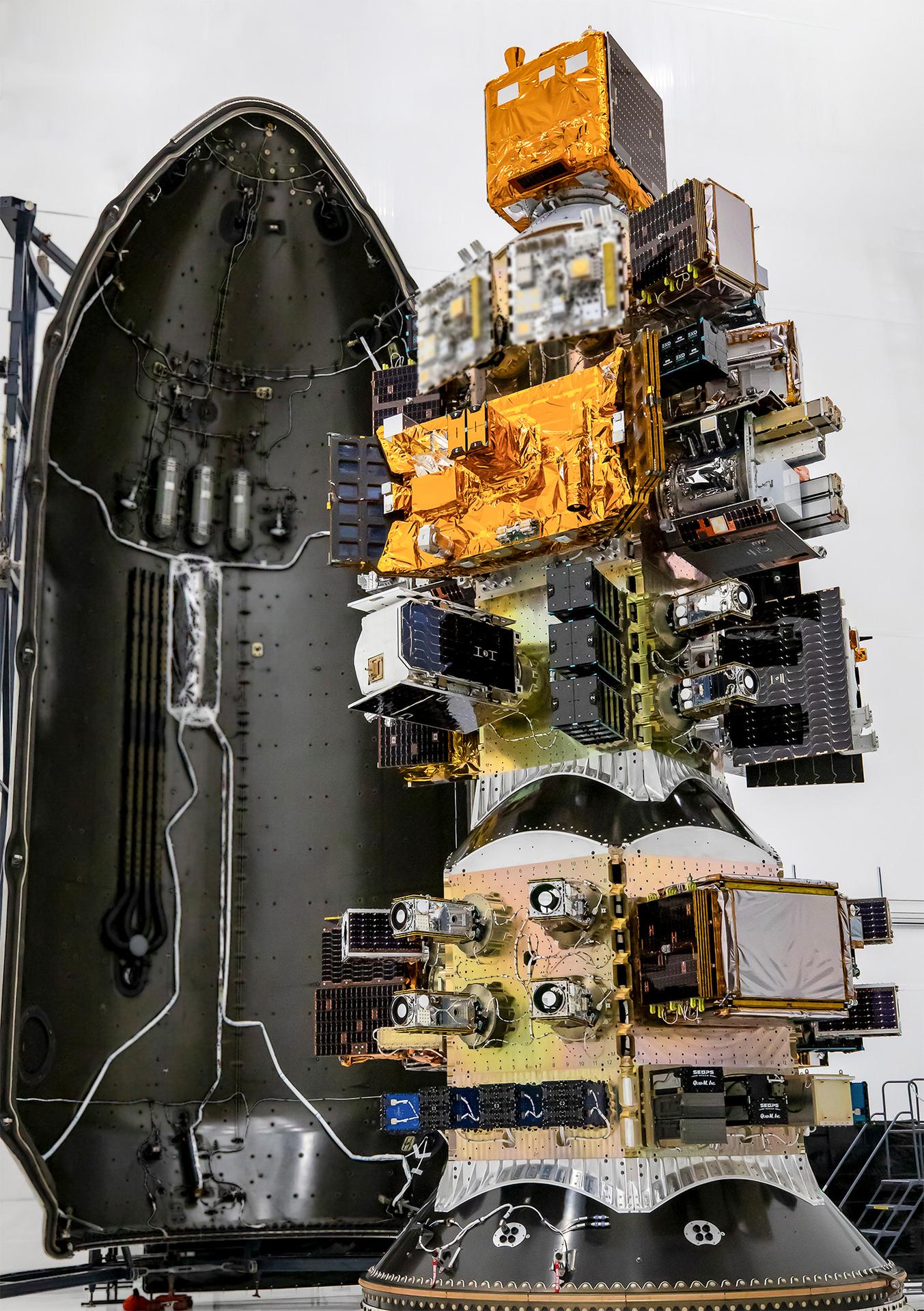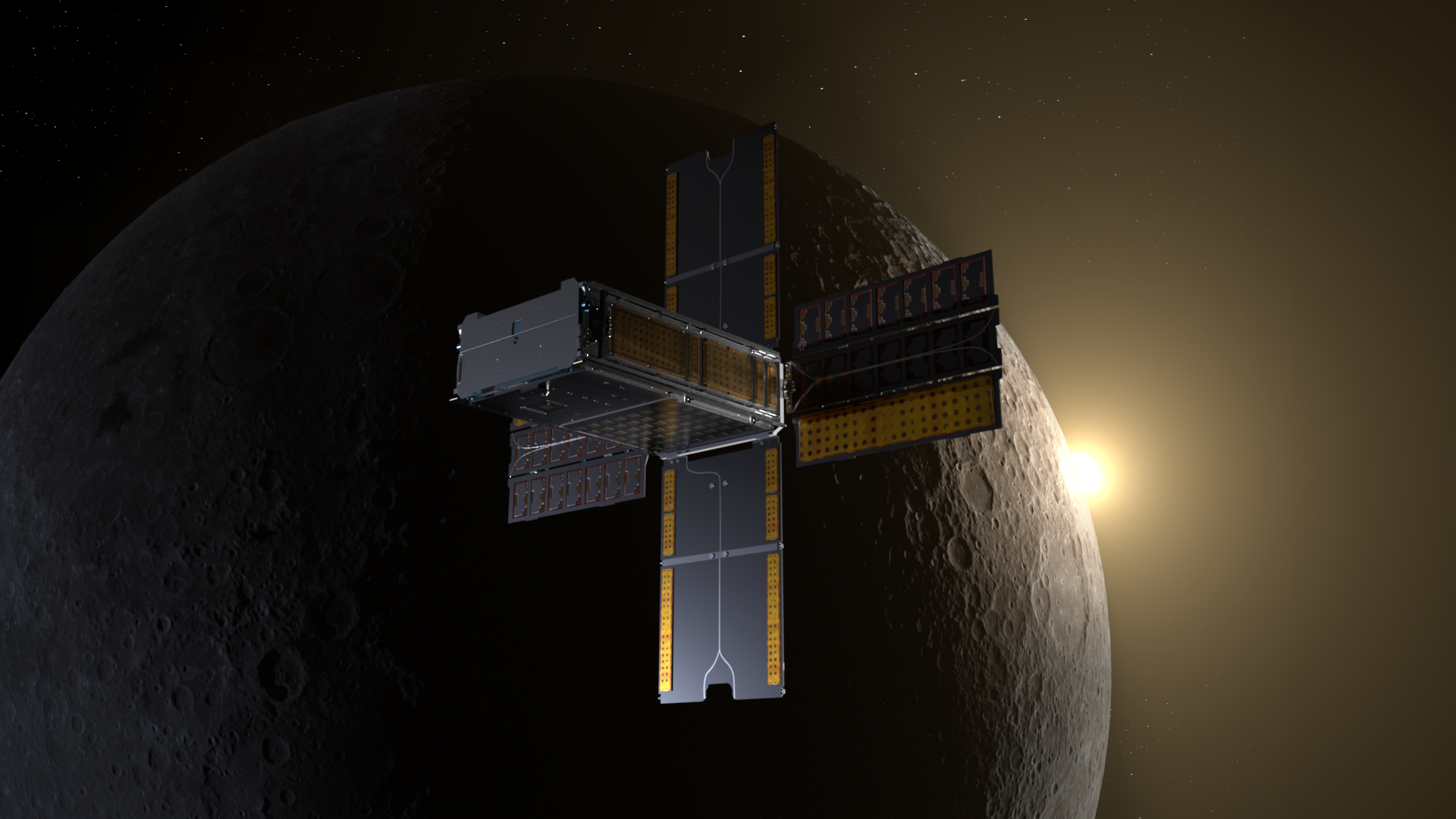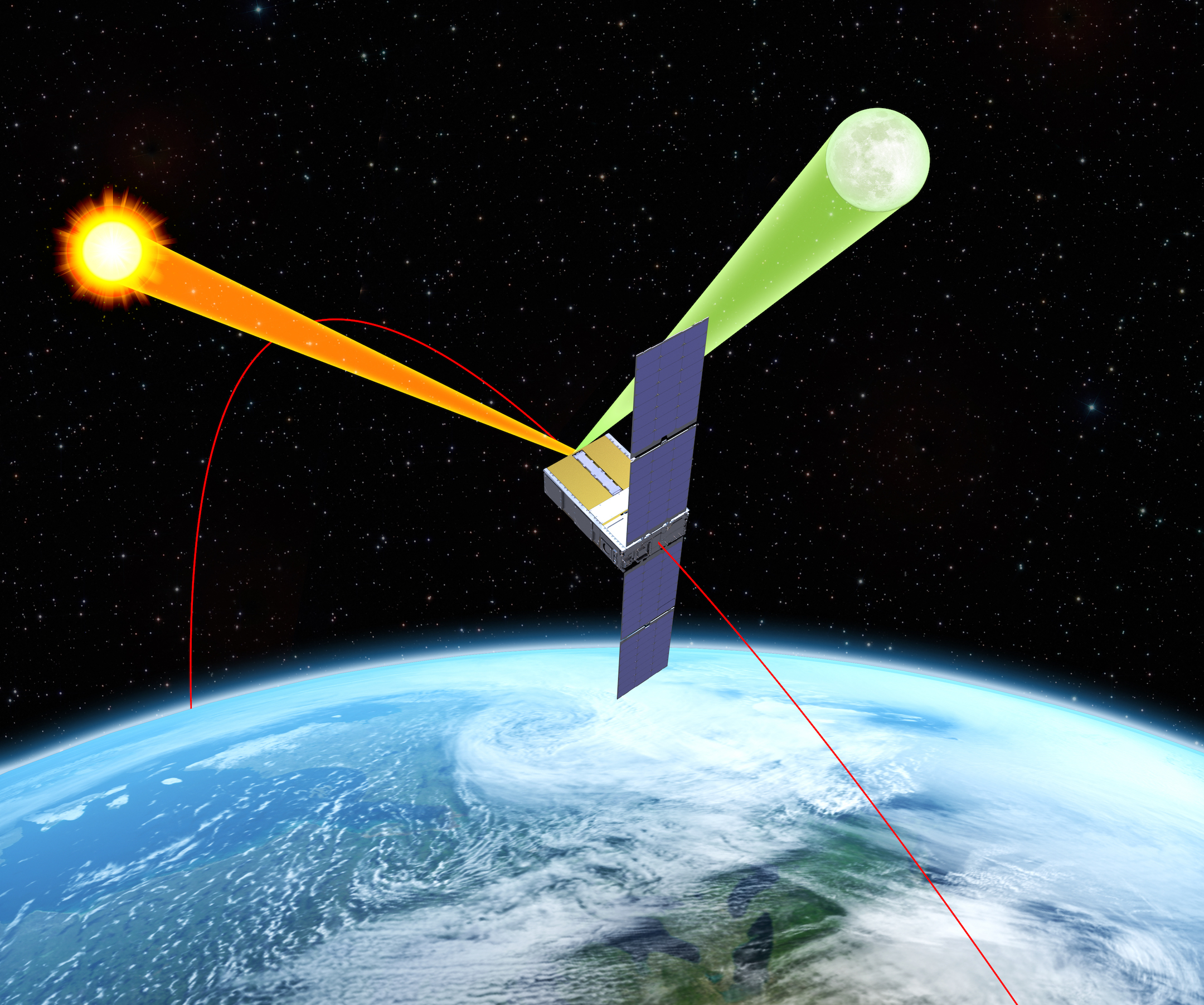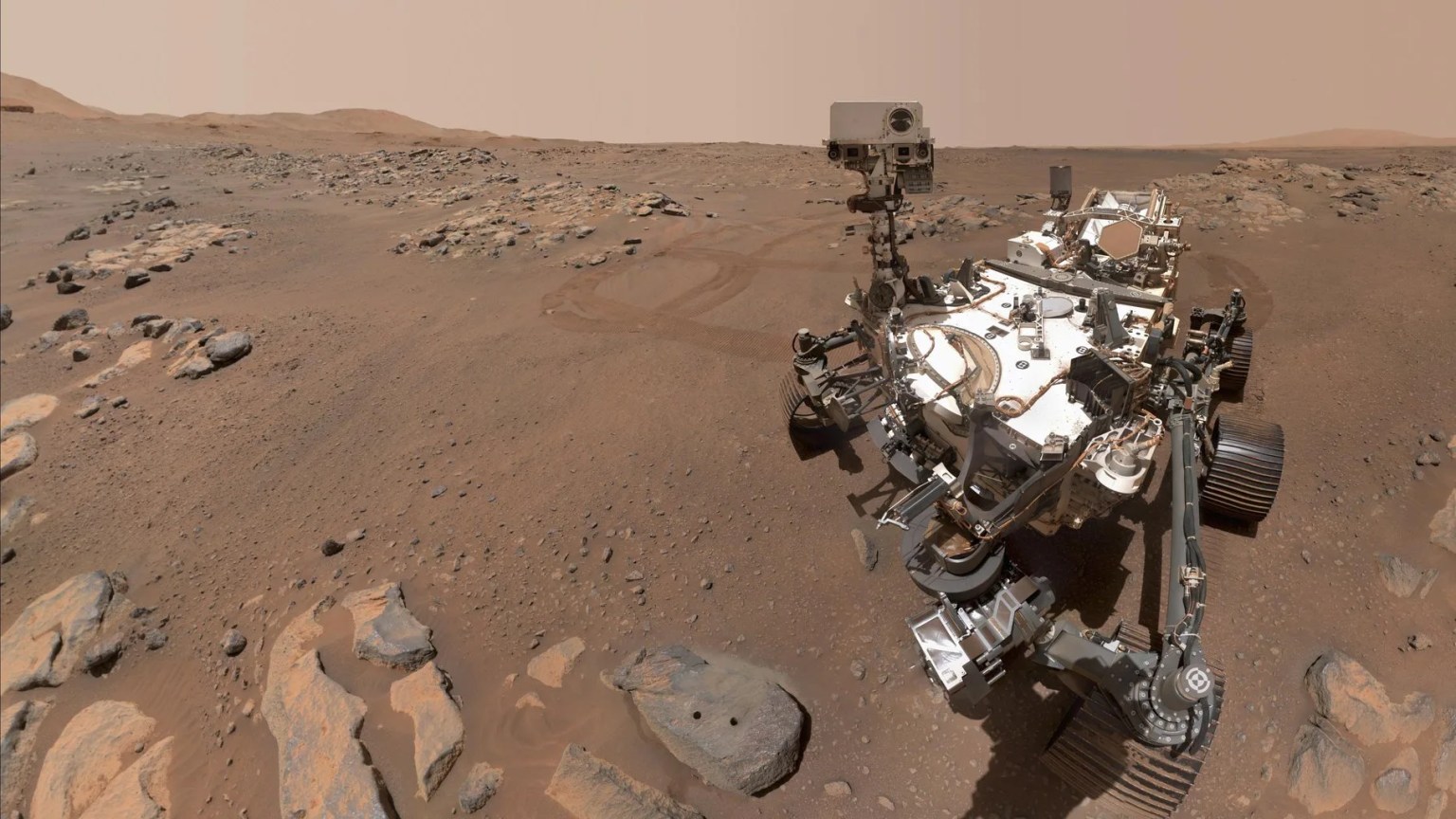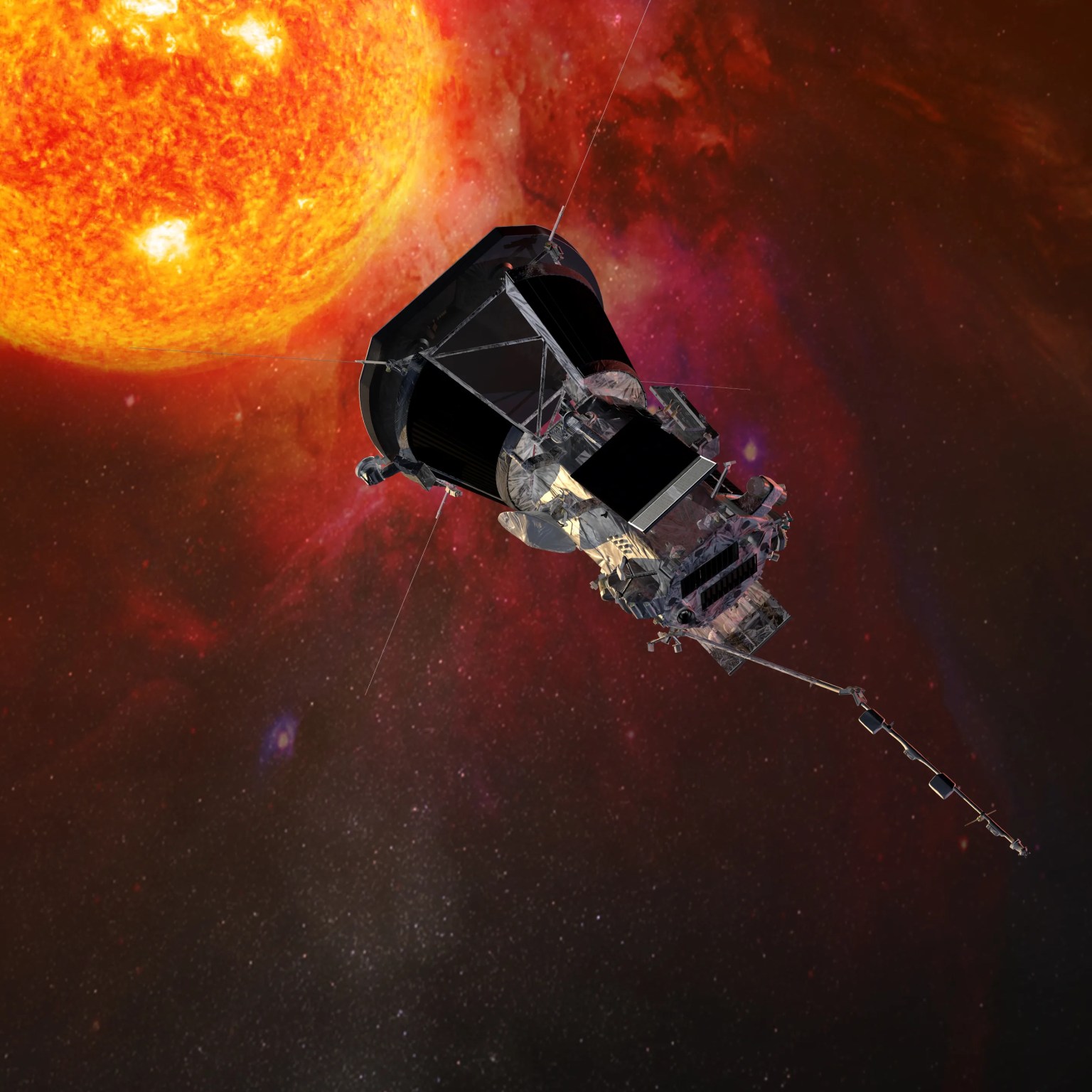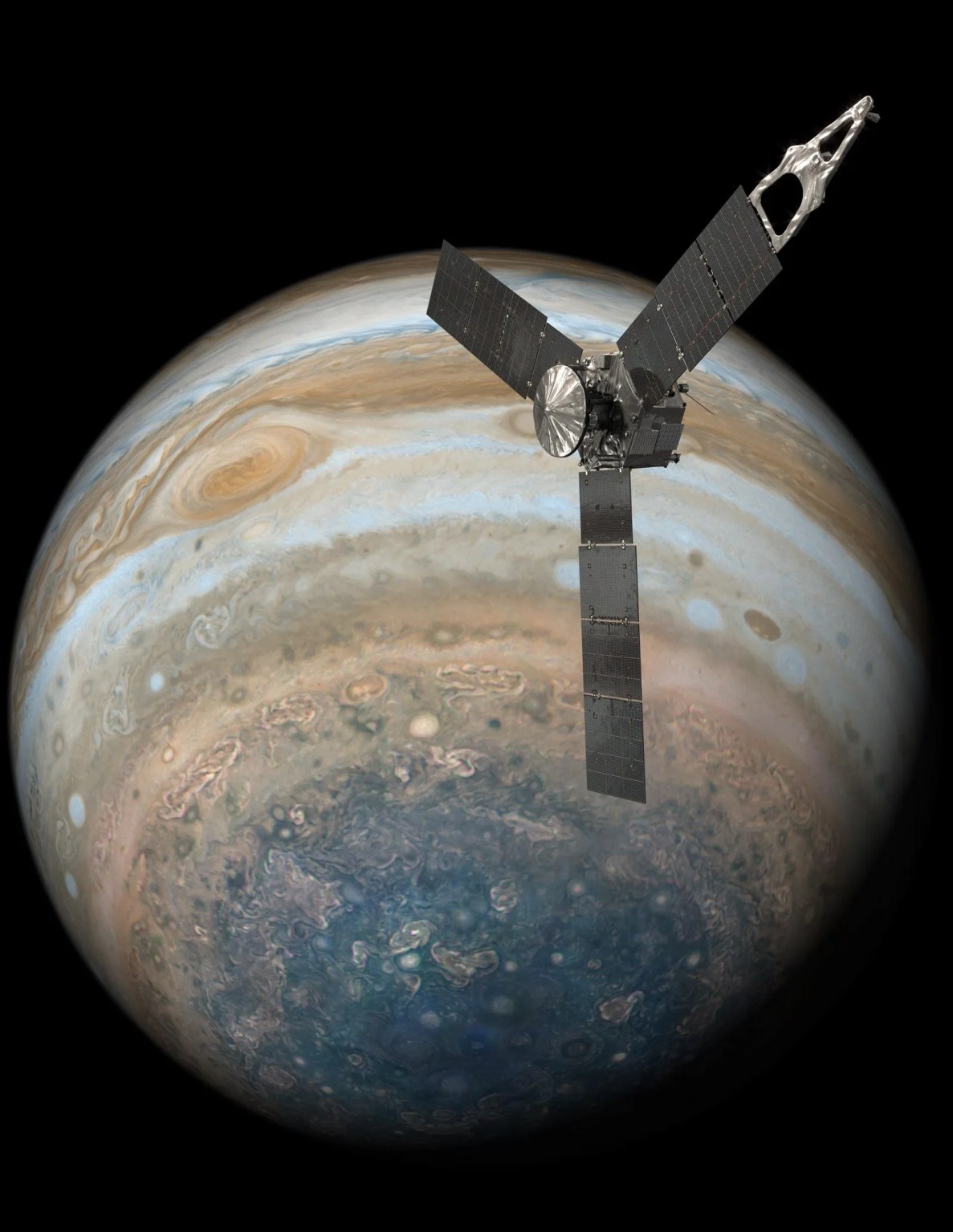Mars Cubesat One (MarC0)
Occurred 7 years ago
Type
CubeSat
Launch
May 5, 2018
Target
Mars
Objective
Technology Demonstration, CubeSat/SmallSat
Key Dates
May 5, 2018: Launch (with NASA's InSight lander)
Nov. 26, 2018: Mars flyby / Relay operations
Dec. 29, 2018: Last contact with MarCO B
Jan. 4, 2019: Last contact with MarCO A
Tech Specs
| Spacecraft Mass | 30 pounds (13.5 kilograms) each |
| Launch Vehicle | Atlas V-401 |
| Launch Date and Time | May 5, 2018 | 11:05 UTC |
| Launch Site | Vandenberg Air Force Base, California |
| Scientific Instruments | 1. UHF Radio Receiver 2. X Band Radio Transmitter |

























